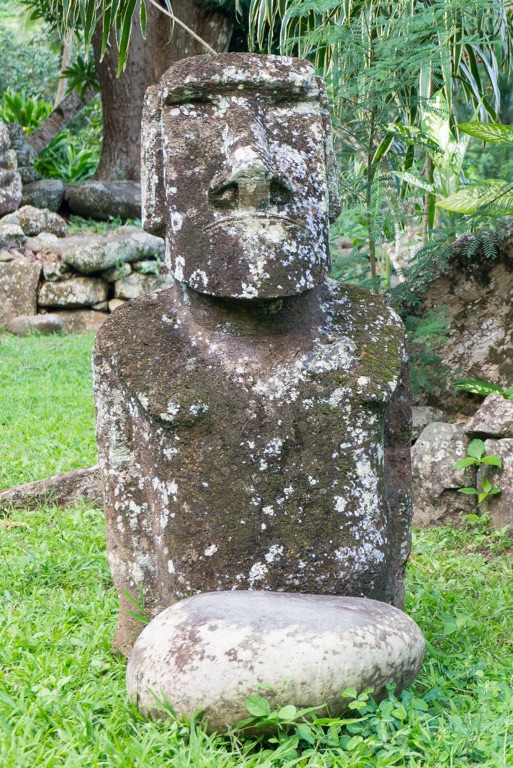The Marquesan Archipelago, located in French Polynesia, has been a subject of fascination since the arrival of Europeans in the late 16th century. Among the most intriguing aspects of Marquesan culture are the anthropomorphic sculptures, commonly referred to as tiki. Despite their historical significance, these sculptures have not been systematically surveyed, documented, and analyzed until recent decades.
Ancient Artifacts
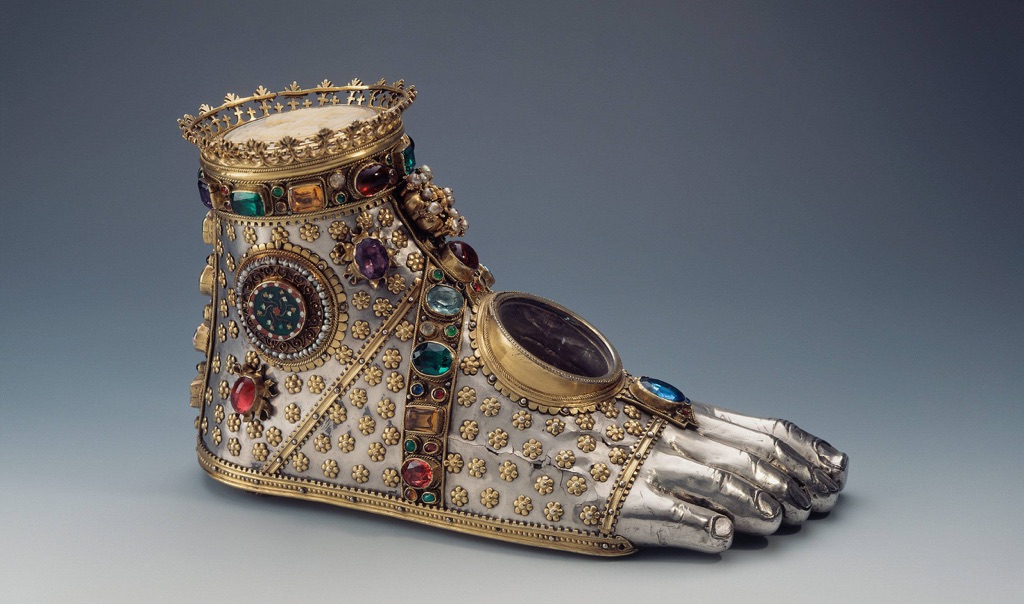
Moving to the East, ancient China artifacts like bronze vessels and oracle bones shed light on the rituals and governance of early Chinese dynasties. These artifacts highlight China’s long history of craftsmanship and written language. Similarly, ancient Egyptian artifacts are world-renowned, particularly for their funerary art, such as the treasures from King Tutankhamun’s tomb. These pieces reflect the Egyptians’ beliefs about death and the afterlife. Artifacts are not just old objects to be displayed in museums; they are keys to unlocking the secrets of human development across the ages. They preserve the ideas and values of people who lived thousands of years before us. Through careful study, they teach us about our collective history and heritage.
Among the most famous ancient artifacts in the world is the Rosetta Stone. Discovered in 1799, this granodiorite stele was the key to understanding Egyptian hieroglyphs—a script made of small pictures that was used originally in ancient Egypt for religious texts. The Rosetta Stone is inscribed with a decree issued at Memphis in 196 BC on behalf of King Ptolemy V. The decree appears in three scripts: the upper text is Ancient Egyptian hieroglyphs, the middle portion Demotic script, and the lower Ancient Greek. Because it presents essentially the same text in all three scripts, it provided the crucial link for scholars to decipher Egyptian hieroglyphs, thereby opening a window into ancient Egyptian history.
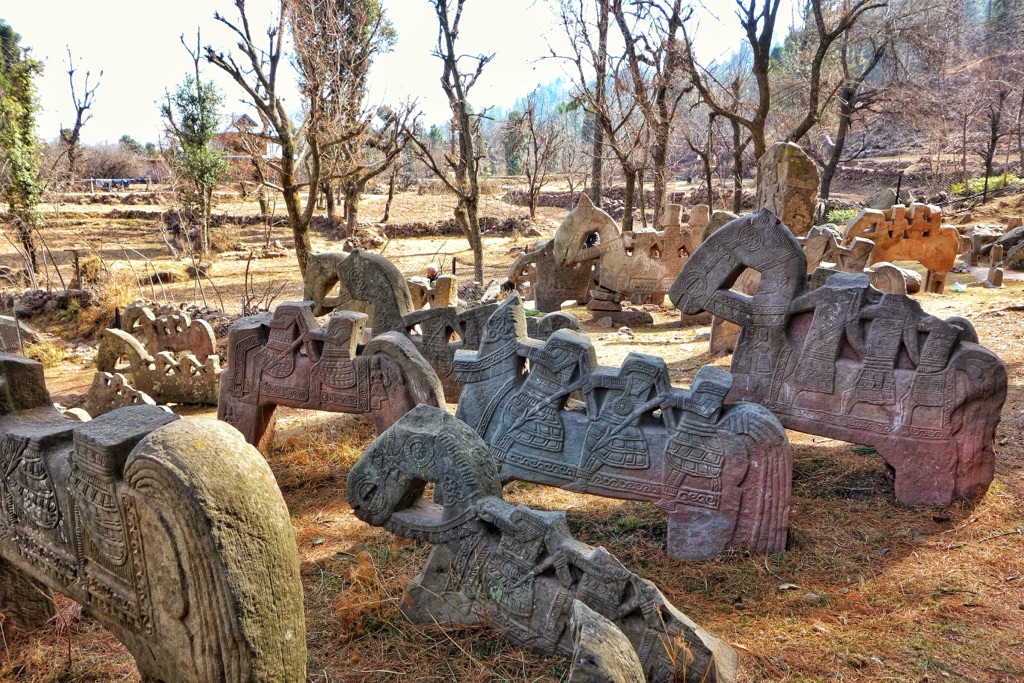
The title of the oldest artifact on earth goes to the stone tools found in Lomekwi 3, Kenya, which date back to 3.3 million years ago. These tools predate the earliest known humans and suggest that tool-making was a part of our pre-human ancestors’ way of life. These ancient tools mark a significant milestone in human evolutionary history, indicating the beginnings of technology and innovation. They are not just simple objects; they represent the dawn of human ingenuity and the very first steps towards the complex societies we have today.
An ancient artifact can be defined as any item made or used by humans in ancient times that has cultural, historical, or archaeological significance. These artifacts can range from monumental structures like the pyramids of Egypt to small, everyday objects like Roman coins. They can include items as diverse as weapons, clothing, and artwork. Each artifact, no matter its size or apparent significance, offers a glimpse into the lives of those who came before us, providing evidence of past behaviors, beliefs, and social structures.
Famous ancient artifacts not only include monumental finds like the Rosetta Stone or the treasures of Tutankhamun’s tomb but also the Terracotta Army of China, the Dead Sea Scrolls, and the Venus of Willendorf. The Terracotta Army, buried with the first Emperor of China, Qin Shi Huang, consists of thousands of life-sized figures meant to protect the emperor in the afterlife. The Dead Sea Scrolls, discovered in a series of caves near the Dead Sea, are ancient Jewish texts that offer invaluable insight into the history of Judaism and the early text of the Bible. The Venus of Willendorf, a small Paleolithic figurine discovered in Austria, dates back to about 28,000 BCE and is thought to represent fertility. Each of these artifacts, in its own way, has reshaped our understanding of human history, offering evidence of the complexity, diversity, and ingenuity of ancient civilizations.
List of Discovered Ancient Artifacts
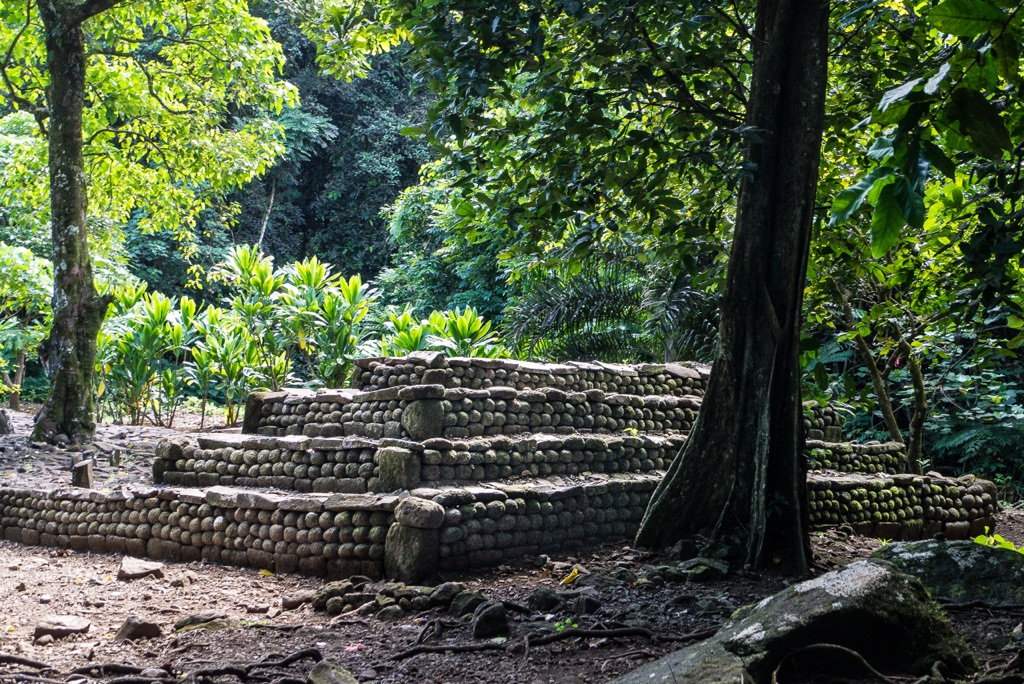
The Marae of Mo‘orea
The island of Mo‘orea, located in French Polynesia, is not only a place of breathtaking natural beauty but also a site of significant historical and cultural importance. Among its most intriguing aspects are the marae, ancient stone structures that offer a glimpse into the island’s past. These structures, which sometimes span up to 4,000 square feet, were central to the religious, social, and political life of the Maohi, Mo‘orea’s original settlers.
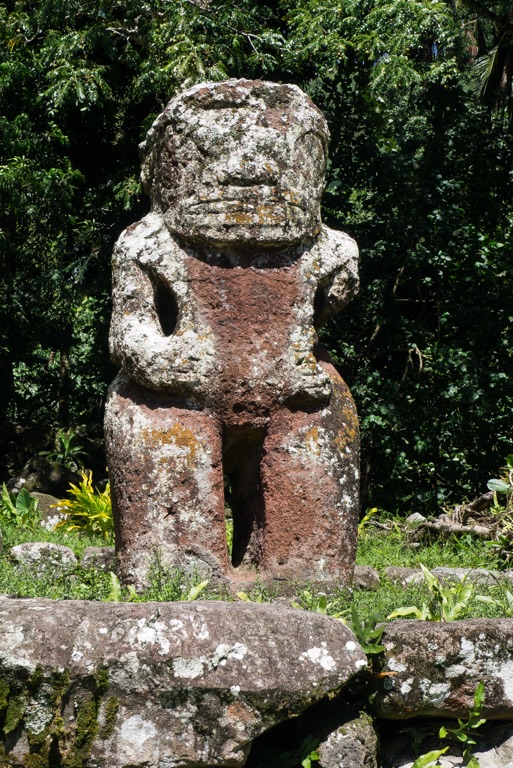
The Tiki Statues of Hiva Oa
The Marquesas Islands, located in the Pacific Ocean, are part of French Polynesia. Among these islands, Hiva Oa stands out for its archaeological significance, particularly due to the presence of ancient tiki statues. These statues offer a window into the pre-European culture of the Marquesan people, providing insights into their religious beliefs, social structure, and artistic practices.
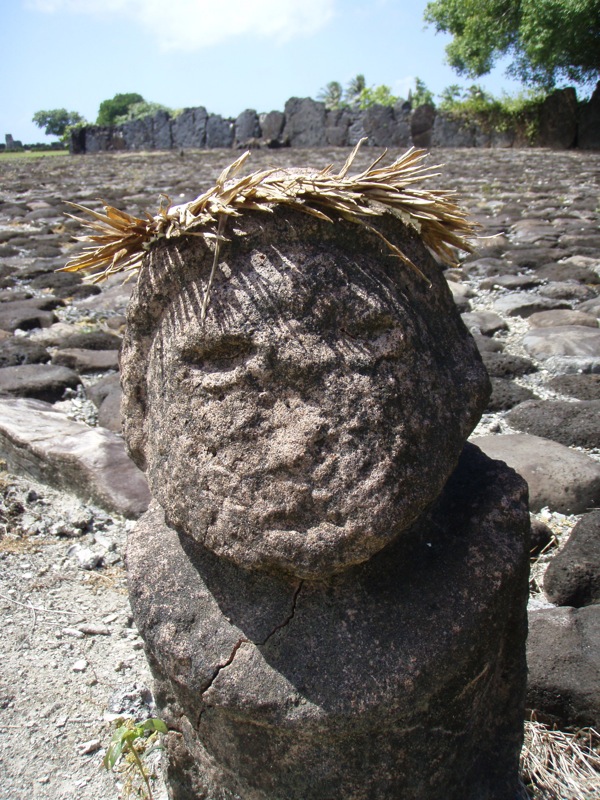
Marae Taputapuatea
Marae Taputapuatea, located on the southeastern coast of Raiatea in French Polynesia, stands as a monumental testament to the religious and political significance of Eastern Polynesian culture. This marae complex, which was inscribed on the UNESCO World Heritage List in 2017, serves as a crucial link to understanding the traditional practices and beliefs of the Eastern Polynesian people.
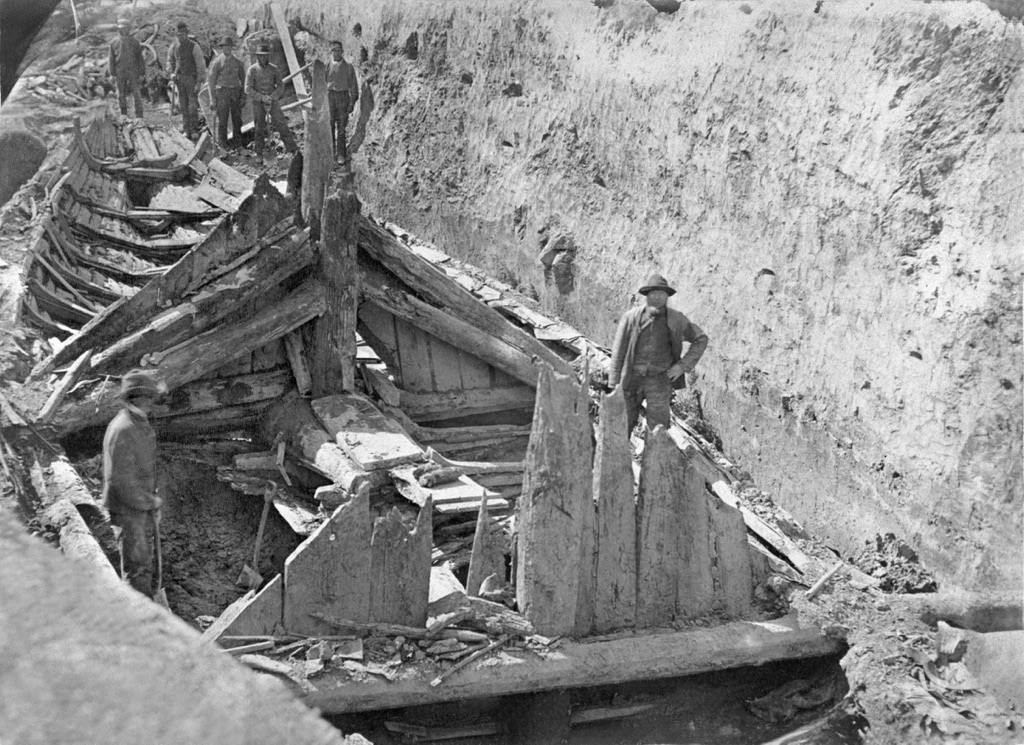
Gokstad Ship Burial
The Gokstad Mound, located at Gokstad Farm in Sandefjord, Vestfold County, Norway, represents one of the most significant archaeological finds from the Viking Age. Known also as the King’s Mound (Kongshaugen), this site gained international prominence following the discovery of the 9th-century Gokstad Ship, a remarkable example of Scandinavian shipbuilding and burial practices of the era.

Crusader Armor: A Journey Through Time
The Crusades, spanning from the late 11th to the late 13th centuries, were a series of religious wars sanctioned by the Latin Church in the medieval period. These historical events have captivated the imagination of many, not only for their religious and military significance but also for the evolution of warfare technology they witnessed, particularly in the realm of armor. The Crusader armor, emblematic of these tumultuous times, offers a fascinating glimpse into the medieval knight’s life, the technological advancements of the period, and the cultural exchanges that occurred through these conflicts.

